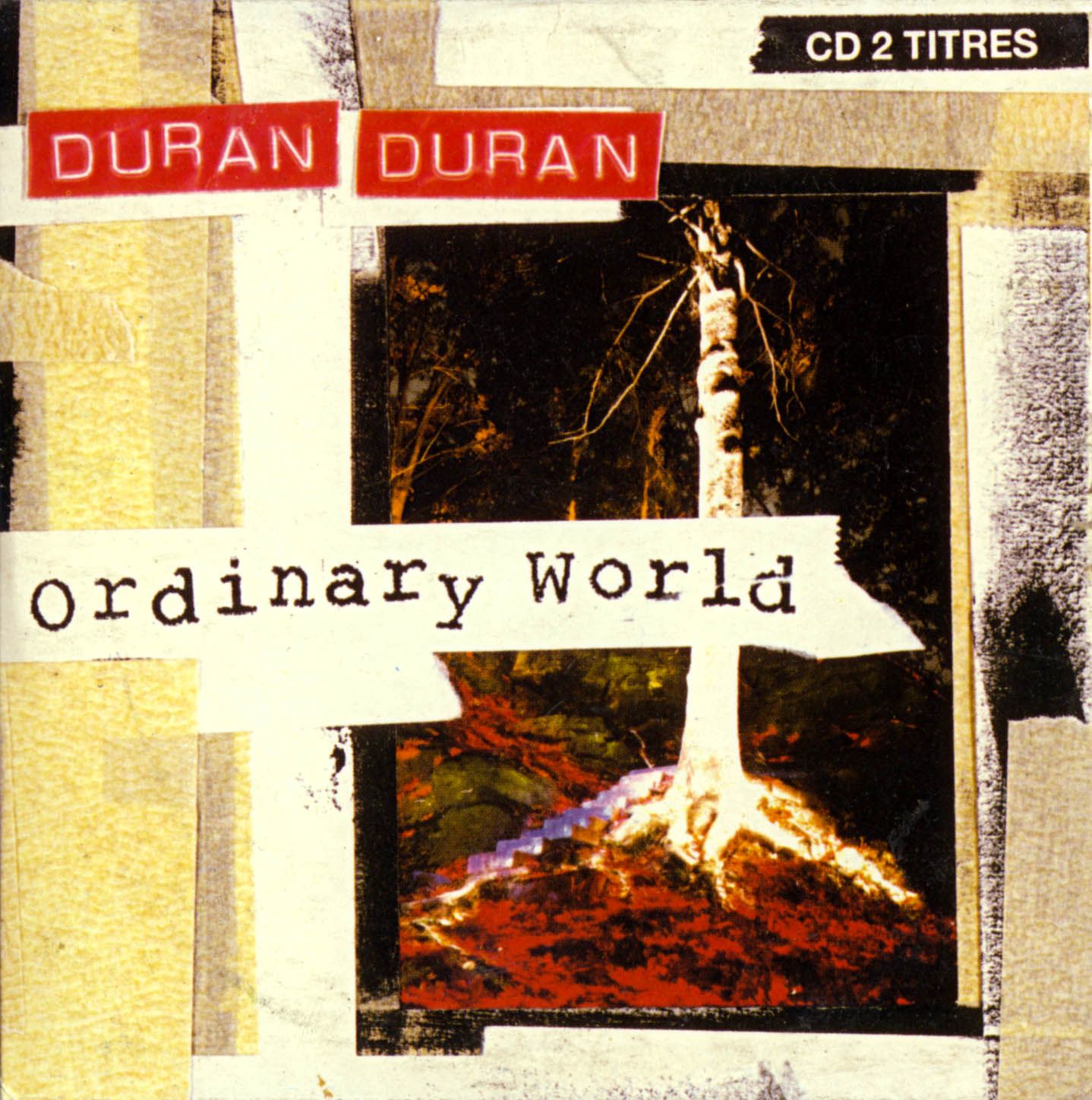
Let's take a look at the elements of the Ordinary World. There are five common features that happen in the ordinary world. The first step of the Hero's Journey involves establishing your hero's day-to-day ordinary life, all so it can be disrupted by the impending Inciting Incident. In Vogler's simplification of Campbell's theory, there are twelve steps to the Hero's Journey (I cover each one in-depth in a detailed Hero's Journey blog series, this article being one of those special articles). If you're curious, his most notable credit is a film that makes explicit use of the Hero's Journey: The Lion King. We have Hollywood screenwriter and executive Christopher Vogler to thank for our condensed version of the Hero's Journey. Let's take a look at the beginning: The Ordinary World. Today, I'd like to take you even further into the first of those steps. You can learn all about the twelve steps that make up the universal structure of great stories in this article. It is a storytelling structure that anyone can study and utilize to tell a story that readers will love. The Hero's Journey is a timeless combination of characters, events, and symbols frequently structured as a sequence of twelve steps. This successful record is so long, in fact, that we don't know when it started.Īnd it all begins with a person living an ordinary life. Thankfully this structure has a proven track record of success. Decades ago, these two storytelling experts identified several common trends that appear in great works from every generation and every culture. In storytelling, the hero's journey has to do with the stages of the hero as researched by Joseph Campbell and Christopher Vogler. How can you leverage this world and the hero's journey in your own writing? But before any hero can embark on their journey, they must start in the ordinary world. This collection defamiliarizes and refamiliarizes the “actual world,” while navigating toward the clear and substantial stuff of living.Īrresting on both visual and textual levels, Maps and Transcripts of the Ordinary World is executed with the utmost intelligence, humility, and tenderness.From The Odyssey to Star Wars to Toy Story, the Hero's Journey is the foundation of millennia of storytelling. Along the way, her language is light but recursive, rotating around beloved places: a new house, a garden, a seemingly endless plane ride, a battery-operated spit of lamb, a photograph of a battery-operated spit of lamb, dogs, Sue, Ohio.


Equal sign equal sign equal sign.”Ĭowles’s poems both puzzle over and embrace the valley between literature and lived experience. These poems surround a central question: how much of a moment is captured by the mechanisms we use to describe it? How much of the shore, the birds, the feeling? In pursuit of an answer, Cowles leads readers through a sequence of distinct landscapes (islands, plains, mountains, oceans) with both traditional lyricism and the playful refrains of a speaker fixated on the dilemma of representation. “I take seven photographs turning / in a circle, a panorama, / but how will I place them hanging / on a wall back home? Something already slipping,” Cowles writes.

Kathryn Cowles’s Maps and Transcripts of the Ordinary World is a collection that lingers in memory and place, in the unsettled distance between reality and its transcriptions.


 0 kommentar(er)
0 kommentar(er)
